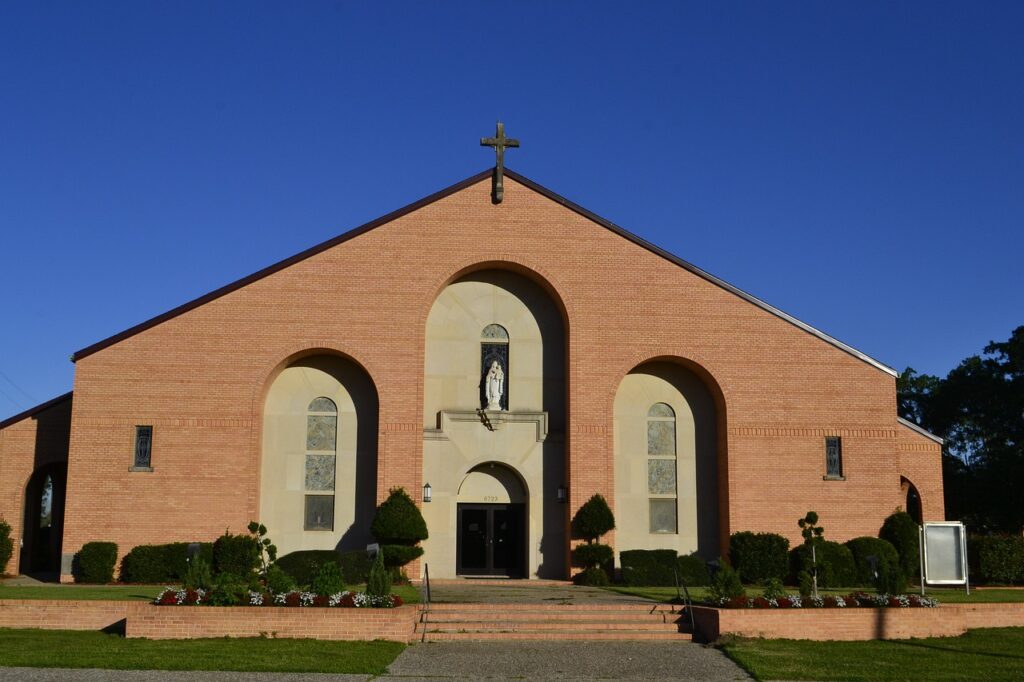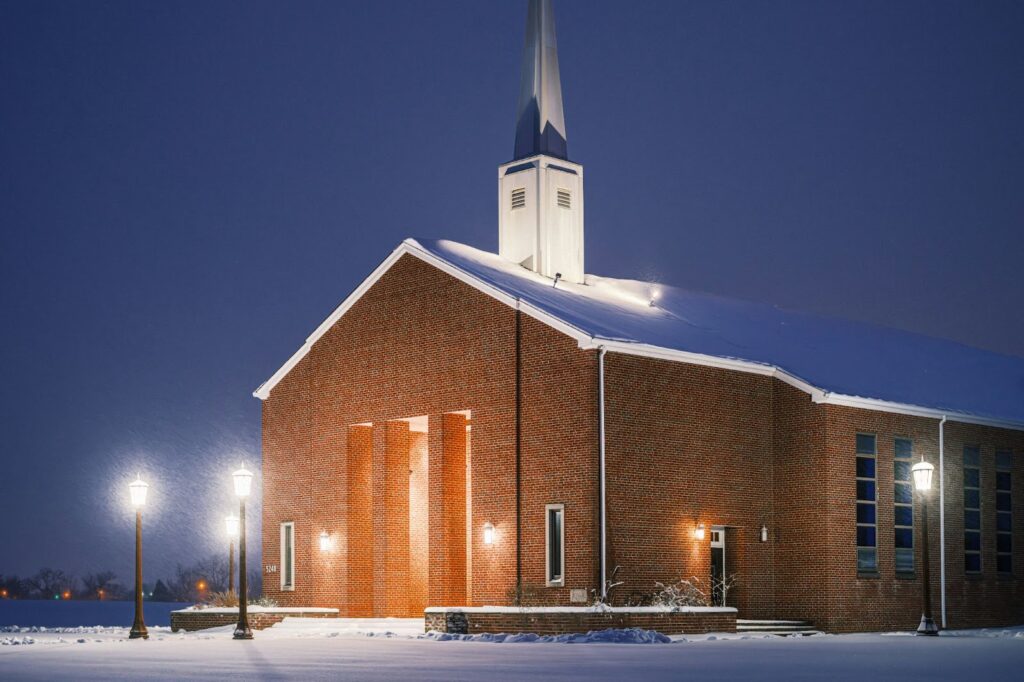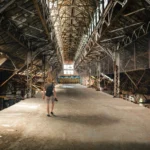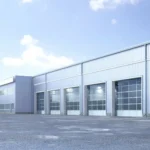Understanding Fellowship Hall Buildings
Fellowship hall buildings are multipurpose structures that cater to a variety of needs within a community. They are often associated with religious organizations but can also be found in secular settings such as community centers or schools.
The primary purpose of these buildings is to provide a space for people to gather, socialize, and engage in various activities.
Fellowship hall/Church construction can vary greatly depending on the community’s specific needs.

Some may be simple, single-room structures, while others may include multiple rooms or areas for different activities. Despite this variety, most fellowship hall buildings share certain common elements.
Common Features of Fellowship Hall Buildings
Most Fellowship Hall buildings will include a large, open space that can be used for various purposes. This could be used for worship services, community meetings, or social events. In addition to this central space, there may also be smaller rooms for classes, seminars, or other activities.
Another common feature is a kitchen or catering area. This allows for the preparation and serving of food during events or gatherings.
Some fellowship hall buildings may also include amenities such as restrooms, storage areas, and office spaces.
One more common feature is the use of pre-engineered metal building (PEMB) materials. Organizations increasingly favor steel for fellowship hall construction due to its incredible strength and durability. It supports long-span, open floor plans, ideal for large gatherings, and holds up exceptionally well against fire, weather, and pests.
This translates to a long-lasting structure with minimal maintenance requirements, saving congregations time and money.








